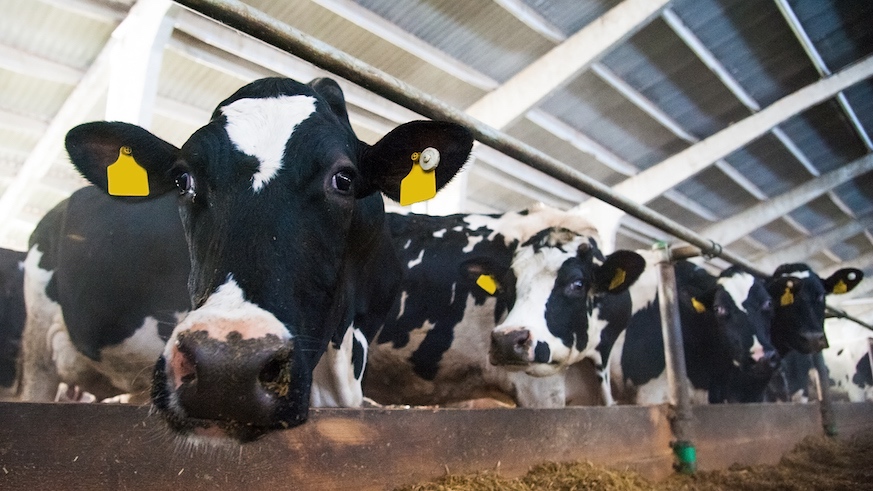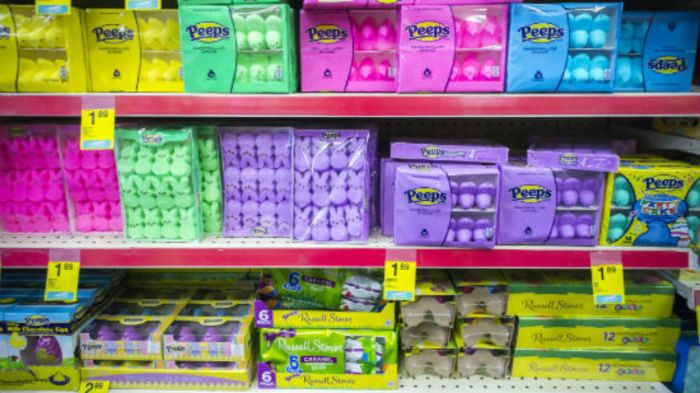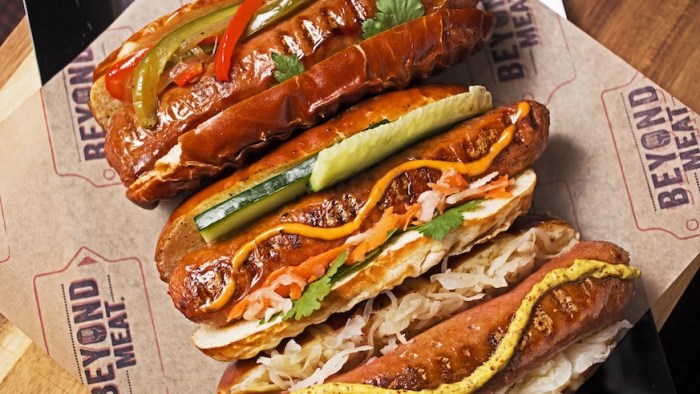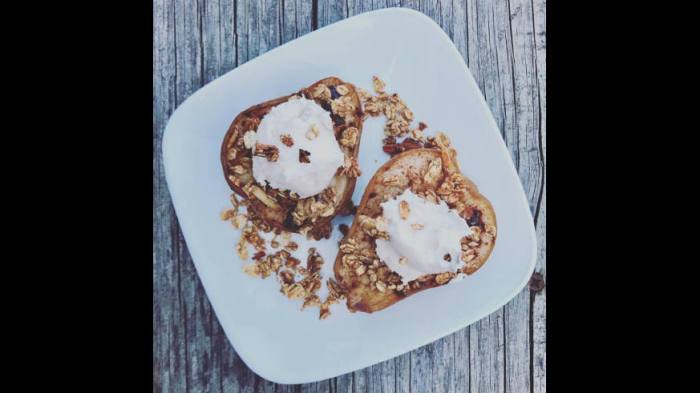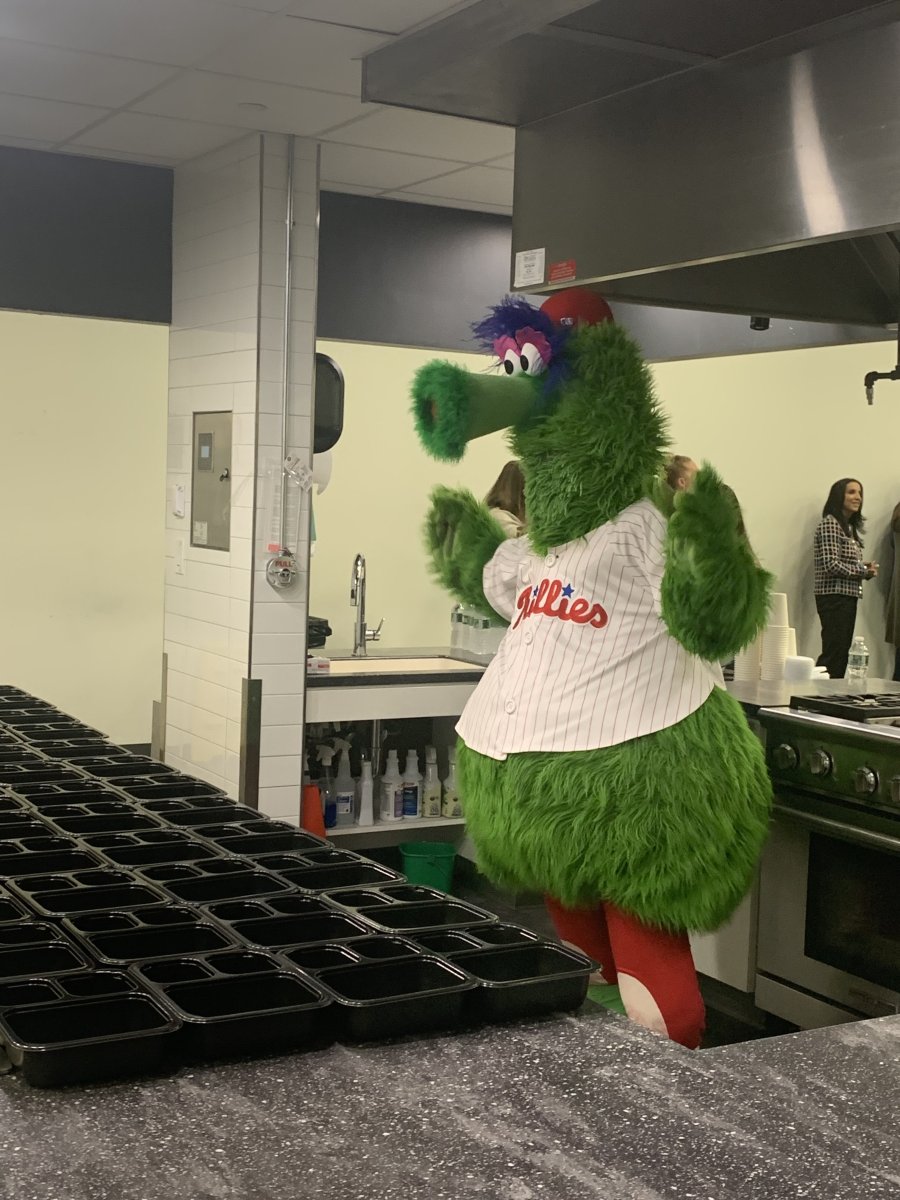The longest food fight in history has been the one over milk. Human beings started drinking milk about 10,000 years ago and remain the only animals that continue to drink milk after being weaned from our mothers — and certainly the only ones that drink other animals’ milk. And we’ve been arguing about whether that’s a good thing for about as long.
Mark Kurlansky didn’t know much about milk when he set out to write Milk! A 10,000-Year Food Fracas, but he found enough to fill its pages with the murky beginnings — we don’t even know the first animal whose milk we drank! — to the ongoing culture wars over breastfeeding.
Between delightful anecdotes about London ice cream magnate Agnes Bertha Marshall and recipes for some of the most iconic milk products, Kurlansky also does the dirty work of digging into a beverage that’s been essential to humanity’s survival even as it caused many deaths.
But even after pasteurization, there are plenty of reasons why milk remains problematic whether you’re concerned about animal rights, the environment and your health. Milk drinking in America has been dropping, down to 18 gallons per person annually in 2017 from 30 gallons in the 1970s according to the Department of Agriculture. Here are a few reasons to consider becoming part of the trend.
There’s no such thing as cruelty-free milk
Cows produce milk only after they’ve given birth. Dairy cows are typically pregnant once a year, and to keep calves from drinking all their milk, they’re taken away to be hand-raised soon after. Kurlansky started the book after visiting dairy farms for a magazine assignment to look into the emotional stress on cows whose calves are taken away, who mourn by “crying” for days afterward. And once they stop producing milk — which can be as short as three years and typically not longer than seven on a factory farm — they’re killed. “Cows eat an incredible amount of food,” says Kurlansky. “If they’re not producing milk, it’s a loss to the farm.”
Evidence of milk’s health benefits is debatable
“Problematic” is the best word for the purported health benefits of milk. “It’s mixed,” he says. If you’re calcium-deficient, it’s a good source, but if you don’t, too much can be bad for you. And then there’s the issue of whether its potential benefits outweigh the cholesterol in milk. “The problem with public health is officials want to have blanket solutions to things; they say it’s too complicated a message. They have been trying for a few centuries to have a neat, one-fits-all response to the health qualities of milk, but it depends on the individual.”
The scale of waste is enormous
The total amount of all animal waste in the United States is now 100 times that of human waste processed in sewage treatment plants. An estimated 4.5 million people are also drinking water tainted by high nitrate levels caused by improperly processed waste — most cows produce more manure than their farms can use. And then there’s the problem of pollution: Each dairy cow is estimated to emit between 300 and 400 pounds of methane daily, contributing more to global warming than automobiles, according to the United Nations.
It’s not friendly to small businesses
In the 1980s-’90s, most dairy farming shifted West, where dairies could buy larger tracts of land and keep herds of several thousands cows. This pushed up the supply of milk and drove down prices, leading to many smaller, family-owned dairies particularly in New England and New York closing down. Between 1970 and 2006, about 573,000 dairy farms went out of business in the United States. Though animal cruelty is rare on farms, according to Kurlansky — happy cows do produce more milk — cows are generally treated better and live longer on small farms.
Producing more milk has come with high costs
The pursuit of getting cows to produce ever-more milk has had human costs. The PBB scandal of 1973 that began on Michigan dairy farms sickened children across the Midwest. The rise of antibiotic use in cows happened after the 1993 introduction of the growth hormone rBGH because of health problems including infected udders. Bovine Spongiform Encephalopathy, better known as mad cow disease, started in the mid-’90s after cows were given protein-enriched feed, which was banned in 1997.

